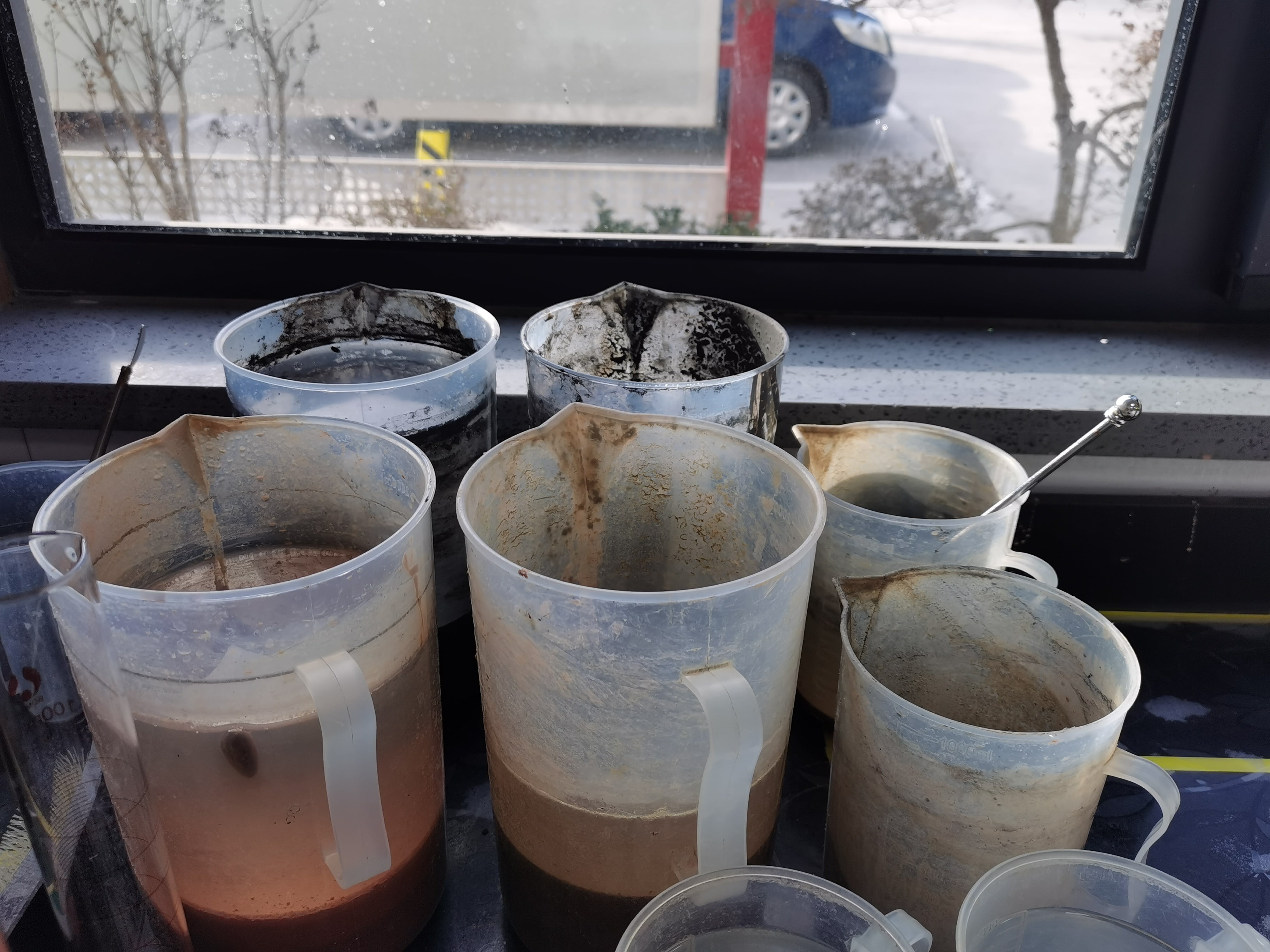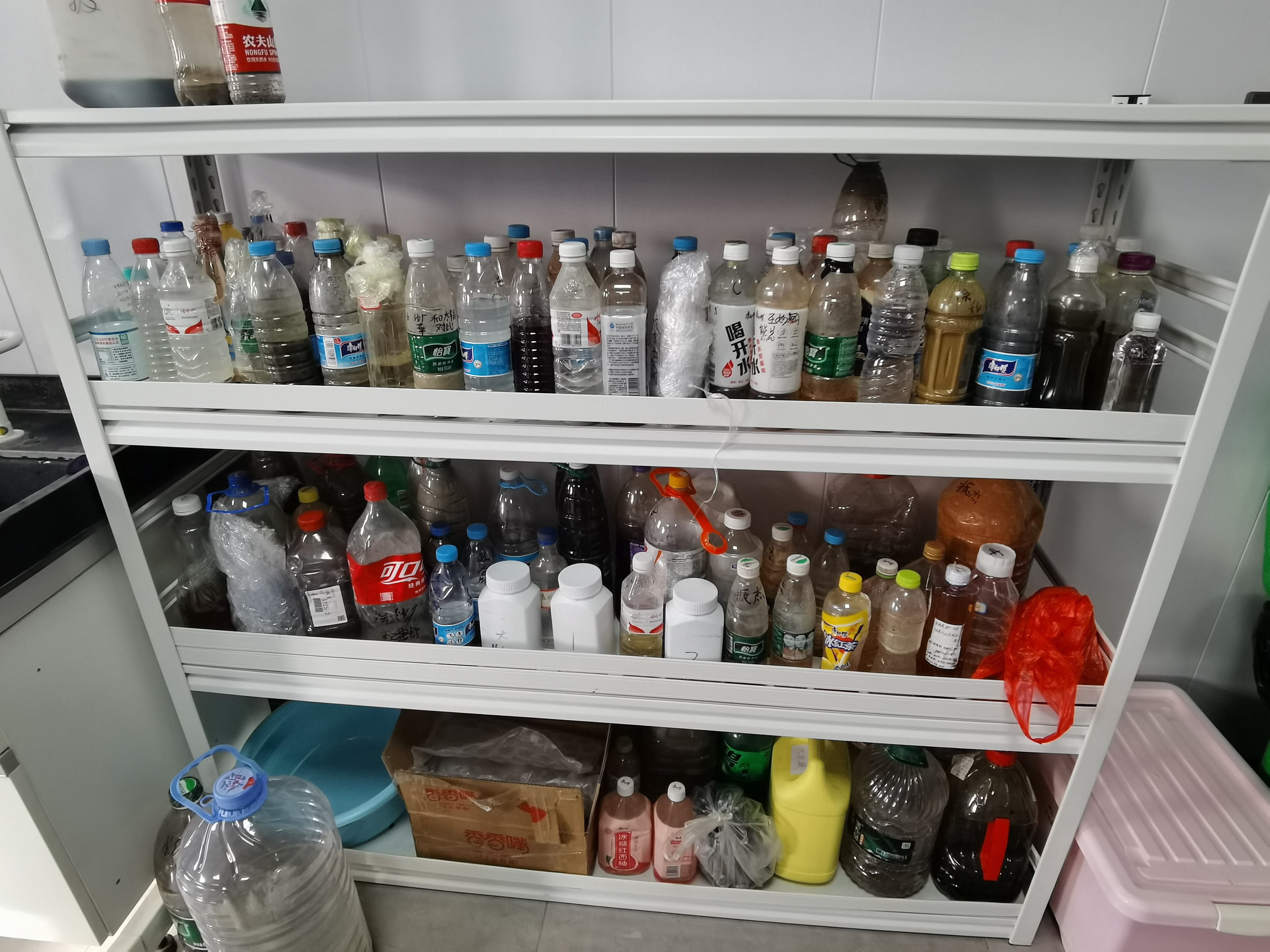The Role of Water Treatment Chemicals in Chemical Wastewater Treatment
The role of water treatment chemicals in chemical wastewater treatment. Chemical wastewater is a kind of refractory industrial organic wastewater, showing characteristics such as high COD, high ammonia nitrogen and high chroma. Most of the organic components in the wastewater are refractory organic pollutants, which are harmful to organisms. The inhibitory effect of the system is the main reason for the substandard water output.
Organic acids that appear in wastewater include formic acid, acetic acid, long-chain fatty acids, citric acid, oxalic acid, aromatic carboxylic acids, and dibasic acids.
1. Distillation and evaporation method: Add excess methanol to produce methyl formate with a lower boiling point, evaporate it from the wastewater, and then heat it to recover the methanol.
2. Coagulation and sedimentation method: When adjusting the pH value of wastewater, adding chemical pH regulators to the wastewater can remove organic acids in the wastewater.
3. Adsorption method: Carboxylic acids can also be adsorbed and recovered using macroporous adsorption resin. The resin structure contains different groups, which can adsorb and recover different chemical substances.
4. Extraction method: Acetic acid in wastewater can be extracted with butanol.


5. Precipitation method: Wastewater containing aromatic acids or their salts can use ferric salts as precipitants to adjust the pH value of the wastewater to produce precipitation, which is then removed by filtration. The removal rate is related to the treated PH and to the concentration of pollutants. Nothing to do.
6. Oxidation method: Most carboxylic acid wastewater can be treated by oxidation method, including batch liquid phase oxidation, wet oxidation, ozone oxidation, etc.
7. Biochemical method: Most fatty acids can be treated by aerobic biological methods. It is generally believed that linear fatty acids are easily biochemically degraded. The introduction of other groups into the linear structure may affect the biochemical degradability of the acid.
8. Reduction method. Ferrous sulfate decolorization is an example of reduction decolorization. Iron-carbon wastewater decolorization: Under acidic conditions, the colored wastewater passes through a mixed bed of iron filings and carbon (or granular activated carbon), and a micro-electrolysis process occurs, which removes the pollutants. The chromophoric group is destroyed, thereby achieving the purpose of decolorization.
Most of the pollutants in wastewater in chemical treatment projects are organic substances with complex structures that are difficult to biodegrade. The application of water treatment agents can improve the effect of chemical wastewater treatment.
